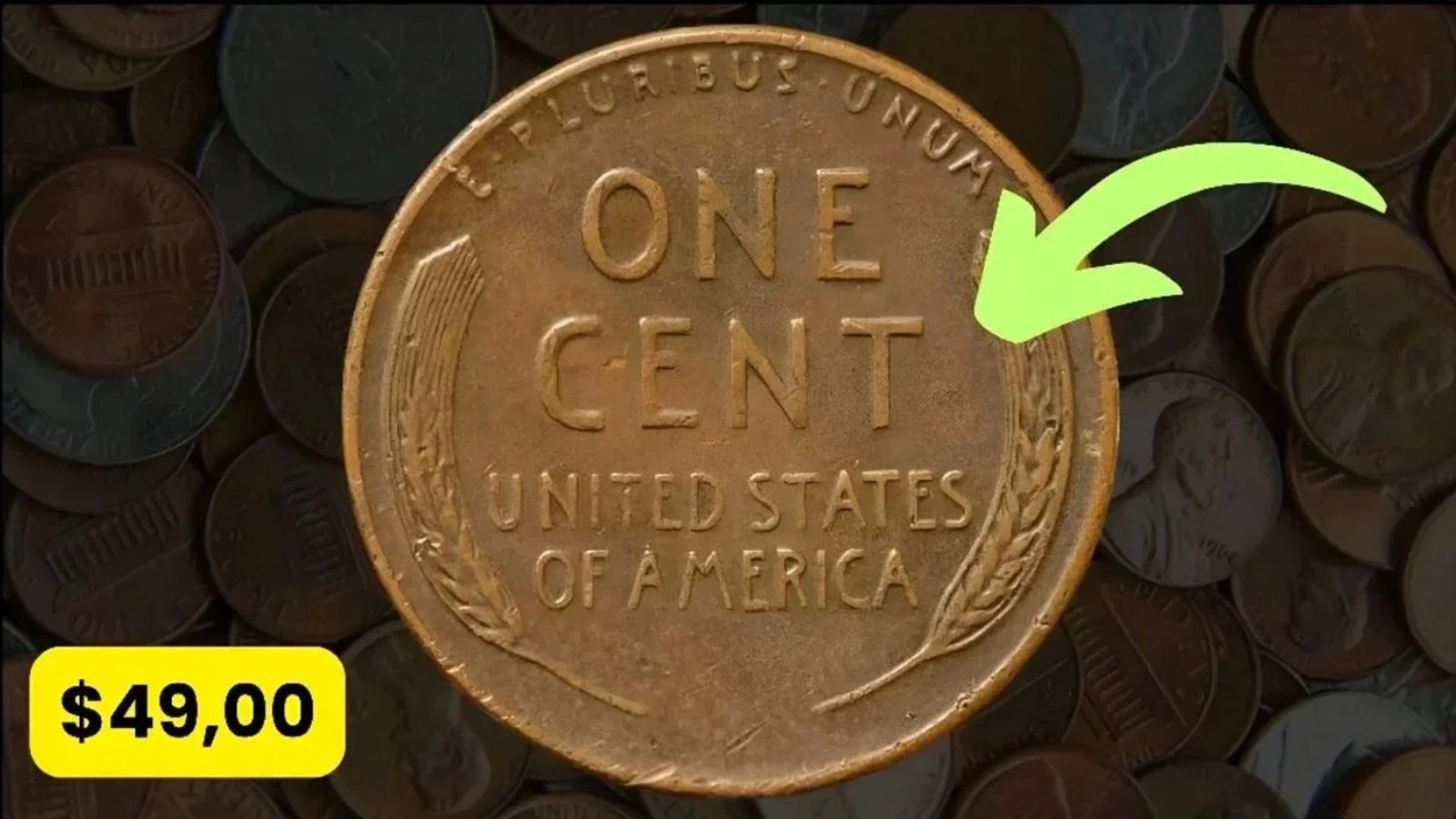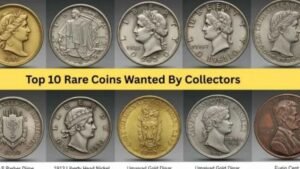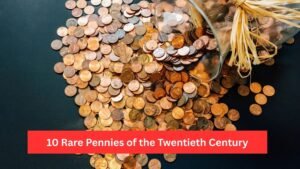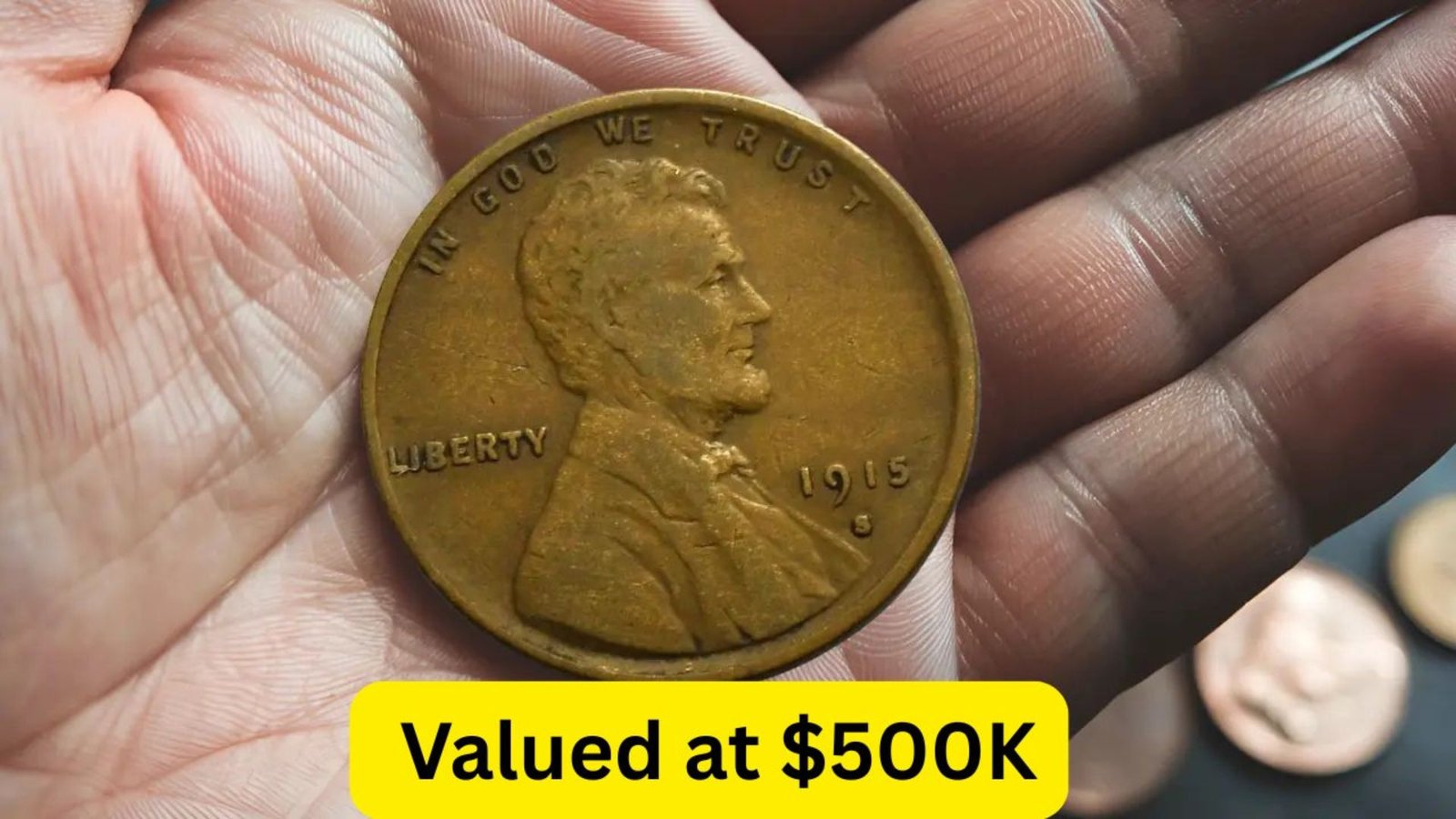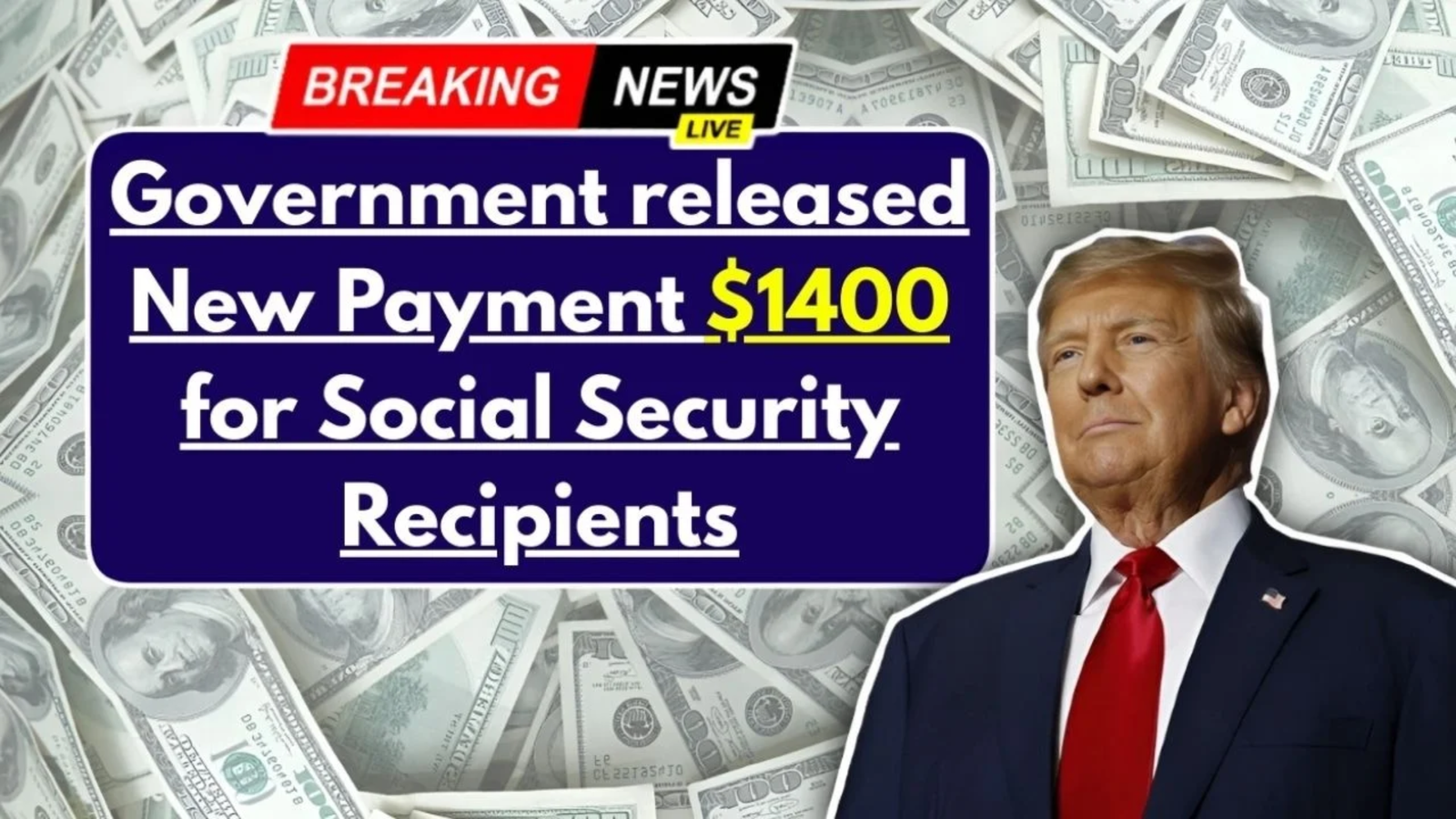Imagine finding a Lincoln Wheat Penny in your change that’s worth a fortune. Could a rare coin valued at $49,000 still be hiding in circulation? This iconic penny sparks treasure hunts among collectors. Read on to uncover its secrets and learn how to spot a life-changing find!
What Is the Lincoln Wheat Penny?
The Lincoln Wheat Penny, minted from 1909 to 1958, is a beloved numismatic treasure. Featuring Abraham Lincoln’s profile and wheat stalks on the reverse, it’s more than loose change. Rare variants, like the 1943 bronze penny, could fetch $49,000 or more at auction. Could one be in your pocket?
A Surprising History of the Lincoln Wheat Penny
Introduced in 1909 to honor Lincoln’s centennial, the penny, designed by Victor D. Brenner, was the first U.S. coin to feature a real person. Its wheat stalk design symbolized prosperity. Minting errors, like the 1909-S VDB or 1943 bronze, created rare coins that collectors crave today.
Wartime Errors That Changed Everything
During World War II, copper shortages led the U.S. Mint to produce 1943 steel pennies. A few were mistakenly struck in bronze, making them ultra-rare. One 1943-S bronze penny sold for $49,000 due to its scarcity. These errors fuel the legend of valuable pennies still in circulation.
Why the Lincoln Wheat Penny Matters Today
The Lincoln Wheat Penny isn’t just history—it’s a valuable coin that could turn pocket change into a windfall. Collectors hunt for rare dates and errors, with some fetching six figures. Its allure lies in the chance that a rare penny could still be out there, waiting to be found.
A Thrill for Collectors and Hobbyists
Numismatics enthusiasts love the Wheat Penny for its history and potential value. Stories of finds in old jars or bank rolls keep the excitement alive. Checking your change could lead to a coin collecting jackpot, making every penny a potential treasure.
How to Spot a Valuable Lincoln Wheat Penny
Want to join the treasure hunt? Here’s how to identify a rare Lincoln Wheat Penny:
- Check the Date and Mint Mark: Look for 1909-S VDB, 1914-D, or 1943 bronze (S, D, or no mint mark).
- Test 1943 Pennies: Use a magnet—steel sticks, bronze doesn’t.
- Weigh It: Bronze pennies weigh ~3.11g; steel ones ~2.7g.
- Inspect for Errors: Look for doubling (e.g., 1955 Doubled Die) with a magnifying glass.
- Get It Graded: Services like PCGS or NGC authenticate coins.
Never clean coins—it reduces value. Store them in holders to preserve condition.
Jaw-Dropping Facts About the Lincoln Wheat Penny
- A 1943 bronze penny sold for $1.7 million in 2010, with some valued at $4.4 million today.
- Only ~20 1943 copper pennies are known to exist.
- The 1909-S VDB had a mintage of just 484,000, making it a collector’s dream.
- Counterfeits are common—always verify with professional grading.
Top Valuable Lincoln Wheat Pennies
| Year/Mint | Error/Type | Estimated Value | Rarity |
|---|---|---|---|
| 1943-S Bronze | Bronze Planchet | Up to $49,000–$1M | Extremely Rare |
| 1909-S VDB | Low Mintage | Up to $1,000+ | Very Rare |
| 1914-D | Low Mintage | Up to $10,000 | Rare |
| 1955 DDO | Doubled Die | Up to $45,000 | Moderately Rare |
Expert Tips for Coin Collectors
- Start Small: Begin with common Wheat Pennies to learn numismatics.
- Use Trusted Guides: Reference PCGS or NGC price guides for accurate values.
- Join Communities: Online forums like CoinTalk connect you with experts.
- Beware Fakes: Altered dates or mint marks are common—verify authenticity.
- Search Smart: Check bank rolls, estate sales, or old collections for hidden gems.
How to Verify a Rare Penny
| Test | What to Check | Valuable Result | Common Result |
|---|---|---|---|
| Magnet Test | 1943 Penny | Non-Magnetic (Bronze) | Magnetic (Steel) |
| Weight | Coin Weight | ~3.11g (Bronze) | ~2.7g (Steel) |
| Visual Inspection | Doubling | Visible on 1955 DDO | No Doubling |
| Grading | Condition | Mint State (MS65+) | Circulated/Worn |
FAQs About the Lincoln Wheat Penny
Q: Is a $49,000 penny really in circulation?
A: It’s possible! Rare coins like the 1943 bronze penny have been found in change or old collections.
Q: How do I know if my penny is valuable?
A: Check the date, mint mark, and material. Get it appraised by PCGS or NGC.
Q: What’s the rarest Wheat Penny?
A: The 1943 copper penny and 1909-S VDB are among the rarest.
Q: Can cleaning a coin increase its value?
A: No, cleaning damages coins and lowers their collectible value.
Conclusion: Could You Hold a Hidden Fortune?
The Lincoln Wheat Penny is more than a coin—it’s a piece of history with the potential to change lives. A $49,000 penny could be hiding in your change jar or pocket. Check your pennies, learn the key dates, and join the numismatic treasure hunt. Who knows? Your next penny might be a fortune! Share this post and start searching today!


